MummyHinga
In the Brooder
- Feb 6, 2024
- 4
- 2
- 16
Hi brains trust! I have 3 Araucana here. Just over 4 months old / 18 weeks. I keep getting told light grey is a pullet and dark grey is a cockerel but I think they're the opposite?
Have added in a photo of the 3rd white one too as everyone says that's a girl which I believe so too.
Of course, would love to hear from more advanced eyes
Can you help me settle this please?
Have added in a photo of the 3rd white one too as everyone says that's a girl which I believe so too.
Of course, would love to hear from more advanced eyes

Can you help me settle this please?
Attachments
-
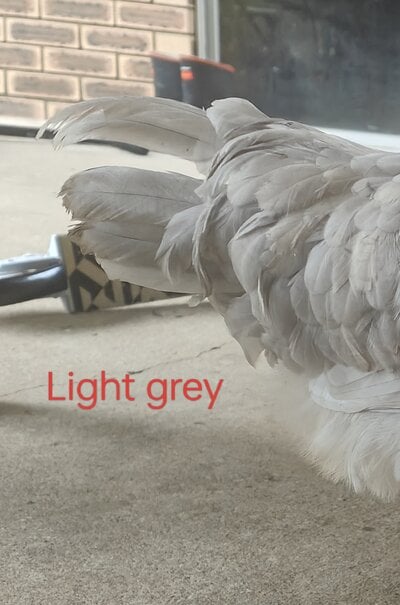 IMG_20240317_120937.jpg817.6 KB · Views: 53
IMG_20240317_120937.jpg817.6 KB · Views: 53 -
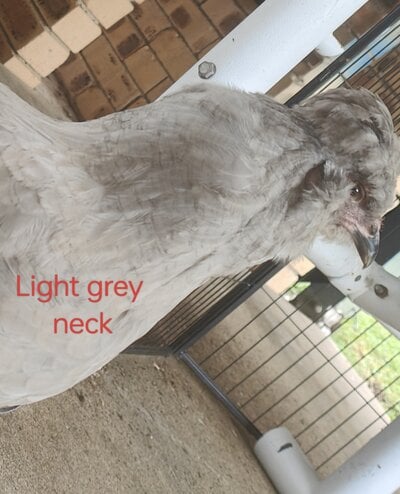 IMG_20240317_121051.jpg719.6 KB · Views: 26
IMG_20240317_121051.jpg719.6 KB · Views: 26 -
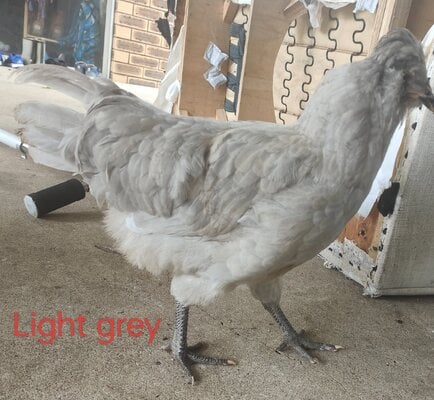 IMG_20240317_120810.jpg707.4 KB · Views: 26
IMG_20240317_120810.jpg707.4 KB · Views: 26 -
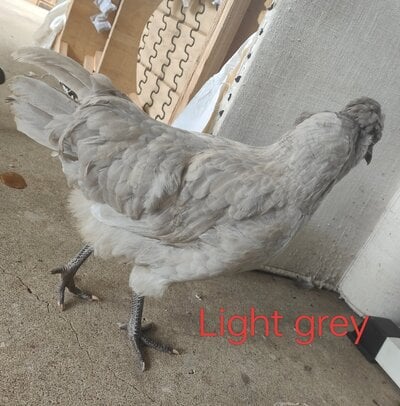 IMG_20240317_120843.jpg795.9 KB · Views: 27
IMG_20240317_120843.jpg795.9 KB · Views: 27 -
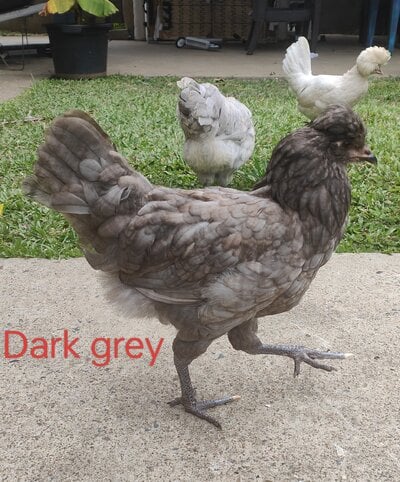 IMG_20240317_121230.jpg866.3 KB · Views: 26
IMG_20240317_121230.jpg866.3 KB · Views: 26 -
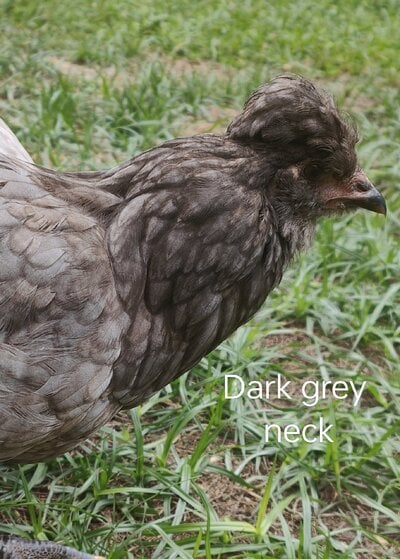 IMG_20240317_121411.jpg521.3 KB · Views: 23
IMG_20240317_121411.jpg521.3 KB · Views: 23 -
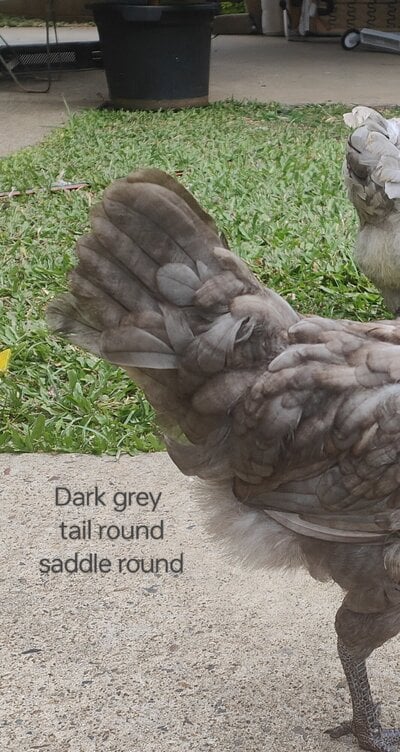 IMG_20240317_120007.jpg477 KB · Views: 23
IMG_20240317_120007.jpg477 KB · Views: 23 -
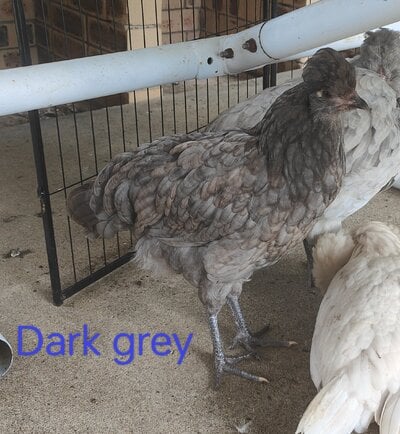 IMG_20240317_120658.jpg673.5 KB · Views: 25
IMG_20240317_120658.jpg673.5 KB · Views: 25 -
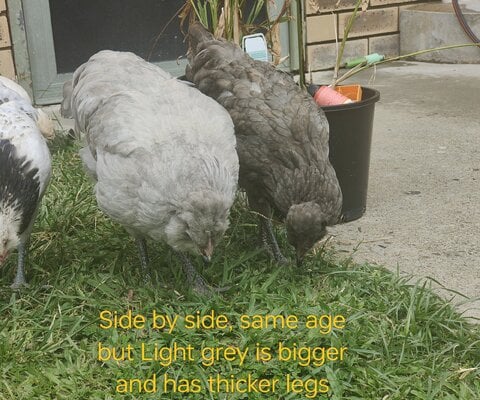 IMG_20240317_120208.jpg855.1 KB · Views: 25
IMG_20240317_120208.jpg855.1 KB · Views: 25 -
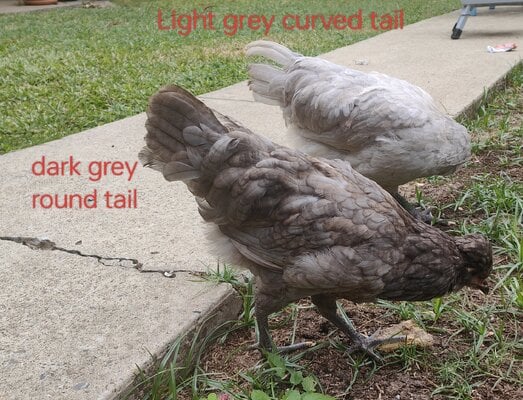 IMG_20240317_121650.jpg864.8 KB · Views: 25
IMG_20240317_121650.jpg864.8 KB · Views: 25 -
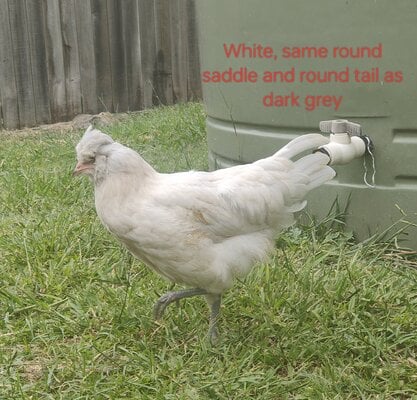 IMG_20240317_120339.jpg804.5 KB · Views: 24
IMG_20240317_120339.jpg804.5 KB · Views: 24




